From Victory to Showroom
There are several ways to design and manufacture shock absorbers to meet a price point. Hot on the heels of FOX-equipped drivers taking overall victory and sweeping several classes at the 2020 SCORE Baja 1000, we asked FOX Off-Road Applications engineers Mason Powers and Scott LeSage plus Motorsports tuner and racer Mike Kim to walk us through the steps FOX takes to develop shocks strong enough to win races while also providing comfort and control on everyday vehicles you can buy off the dealer lot.
“The shock architectures are extensively tested and designed to meet a price point and durability standards,” Powers explained. “FOX puts major engineering resources into testing and developing shocks both in the race and Original Equipment (OE) world. Our seal packs and durability standards withstand thousands of miles of heavy/extreme abuse. Ultimately, tuning is the key to a well-rounded shock package.”
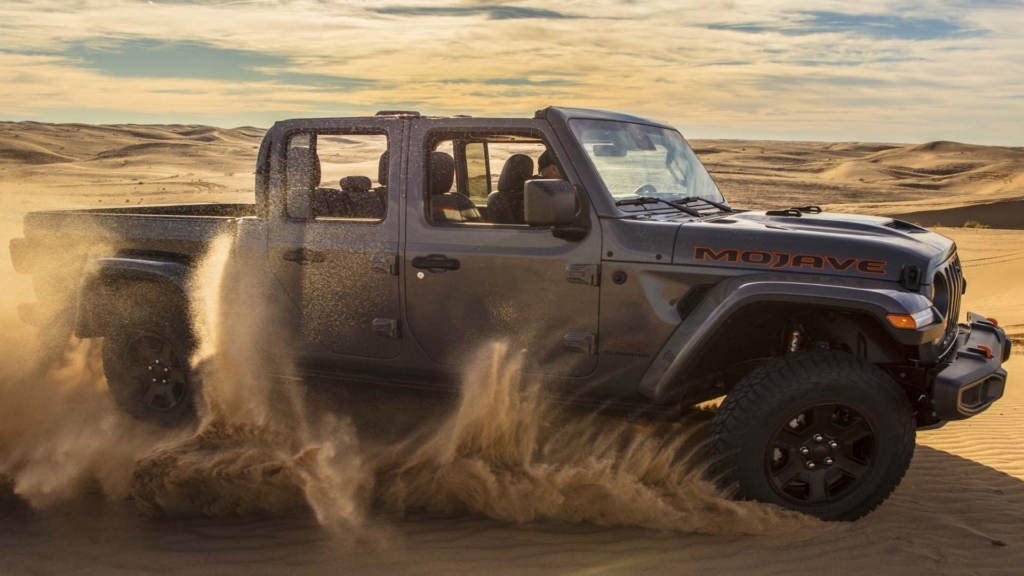
According to LeSage, other companies have worked for decades to control the motion of the wheel and chassis in cost effective way.
“My understanding is FOX didn’t take that path; (founder) Bob (Fox) focused on making the best product he could,” he said. “This led to both durability and performance, but as we all know that isn’t cheap. Strength doesn’t have to be the inverse of comfort. The shafts, shims, seals, and pistons we use in OE truck shocks are strong enough to survive thousands of off-road miles. FOX started with race only parts and has adapted them into `everyday’ vehicles. Now, we have part sets for each application, and not so much cross over, but sometimes that can come full circle and actually help race products.”
Q: Surely the rigors of racing require a different engineering approach to suspension manufacturing compared to developing OE shocks for Ford, Jeep and Toyota. Or do they?
“Once large-scale production is introduced, designs change for material or labor costs and the manufacturing methods adapt to the needs,” LeSage said. “Interestingly enough, both OE and race products benefit from each other. As process control is improved and material costs are lowered from OE level volumes, some of that will trickle down to the race products. Unique load cases and design freedom in race and aftermarket shocks can serve as a test bed for our OE developments.
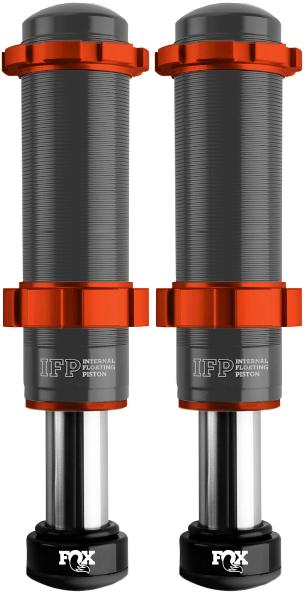
“A good example of that is the IFP bump stop. A relatively new aftermarket product that was tested and released to the public. It made its way onto a Jeep OEM vehicle, which required even further testing and development. The lessons learned and reduced cost of the shared parts then was returned to the aftermarket version increasing the durability of the product for the end user and the profit margins for FOX.”
According to Powers, original equipment shocks are vehicle specific and require much higher fitment and clearance requirements as well as direct development with the OE customer.
“Similarly, the OE typically dictates the tune,” he added. “In the OE world, you also have the ability to mass produce parts at high volume which means you can design a shock that can benefit from the use of forgings and high-volume manufacturing processes.
We also develop our shocks with racing rules in mind: some classes require certain types of shocks and a certain number of shocks which results in trying to develop shock packages that can achieve the maximum performance for those specific rules.
“With racing and aftermarket (AM) shocks we like to standardize our part set so that the industry doesn’t have try hard to make our shocks fit vehicles. However, we design our parts to be adaptable to any vehicle which allows us to create part volume because the parts are shared across different vehicles and fitments. That’s why when you buy a FOX aftermarket or race product, they all have the same look and feel.”
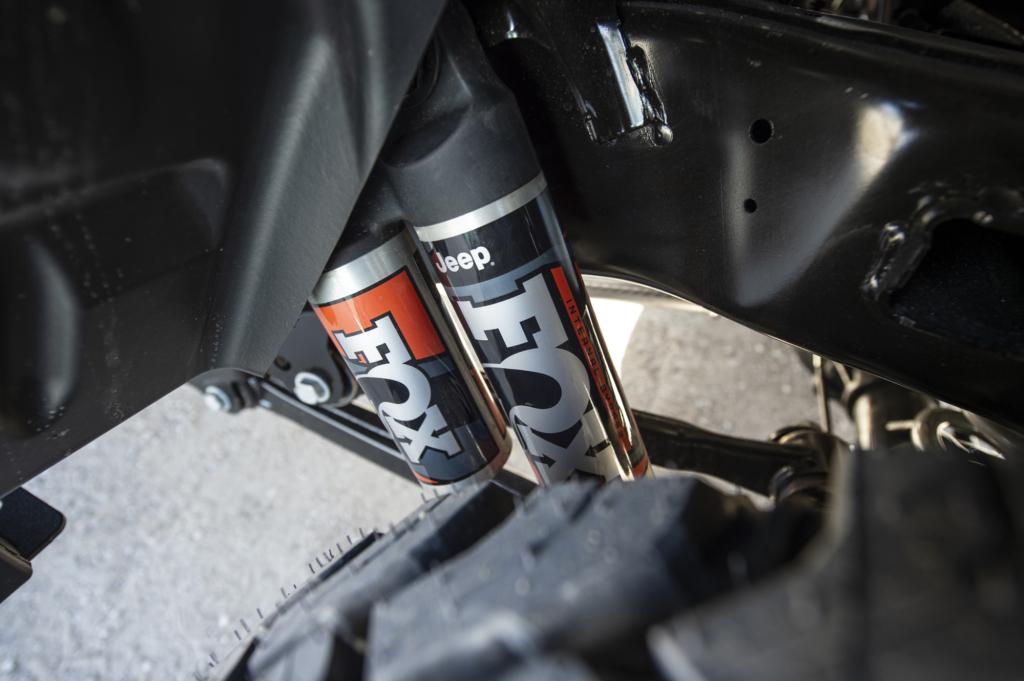
Mike Kim‘s experience as a tuner and racer proves invaluable to the ethos Bob Fox brought to the company decades ago: ‘We’re never done‘.
“We are constantly thinking of ways to make our shocks work better to give all of our racers the best shot at being on top of the podium,” Kim said. “(My team-mate Dan Fresh and I) felt extremely confident for the 2020 Baja 1000 since we did nearly 10 days of pre-running and had done all of our homework and a GPS filled with important notes. Our suspension test went extremely well and the shocks on our truck felt better than they ever have.
“At mile 440 on race day Dan was scheduled to get out and I would stay in to help co-driver Jeff Bader navigate the San Felipe section,” Kim explained. “This section requires a lot of input from the co-driver due to all the multiple lines that can lead you astray from the main course. We got information that we were about 10 minutes behind the physical leader in our class. Jeff and I got to work and held a strong pace getting to Matomi wash. As we were fighting dust and the big technical rocks we saw the physical leader in our class, which meant we were able to make up a 10-minute deficit rather quickly. Jeff and I kept plugging along through the dust which was really lingering so we lost a little bit of ground.
“As we started to enter the big bumps of the famous Zoo Road the dust started to clear and Jeff started to push. I told Jeff since we have the ECS2 coolers on our shocks he could push as hard as he wants and we won’t have shock fade with the current ambient temperature. We caught the other truck and passed them in the biggest bumps of San Felipe. We put nearly 10 minutes on them till our next pit at mile 740, which is where I got out and Jeff continued on with my FOX co-worker Erik Rivera, one of our race techs. The other truck had competitor’s shocks on it and I knew they wouldn’t be able to hold our pace through the big bumps. Jeff and Erik took the truck to the finish line and brought home the win.”
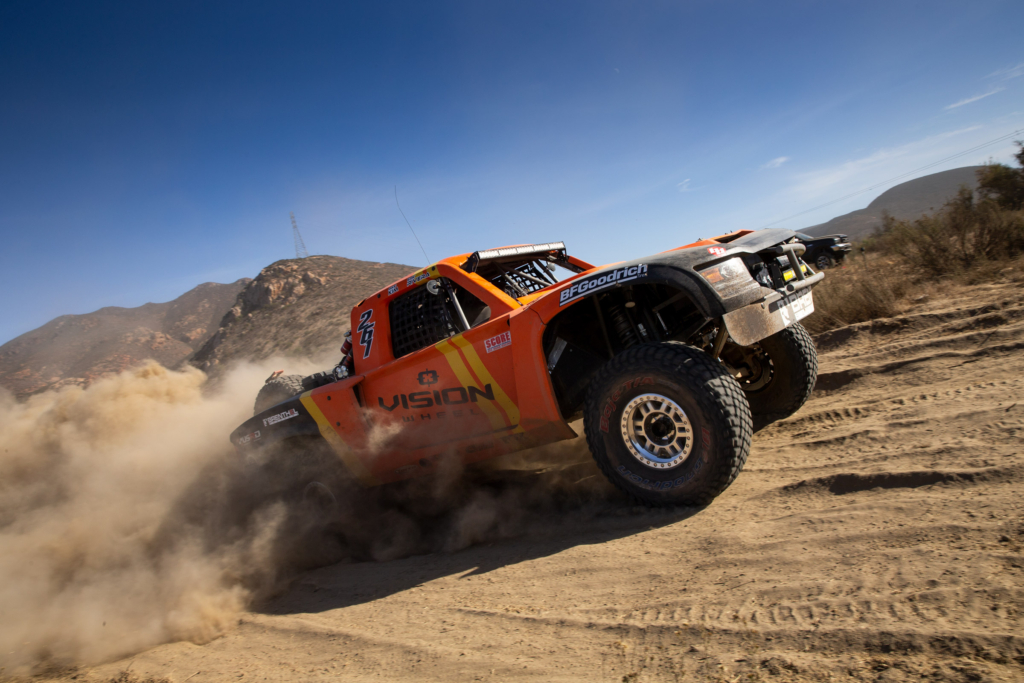
They finished 7th overall among four-wheeled vehicles.
According to Powers, FOX also develop shocks with racing rules in mind.
“Some classes require certain types of shocks and a certain number of shocks which results in trying to develop shock packages that can achieve the maximum performance for those specific rules,” he added. “In the racing space FOX and/or the racer handles the tuning. In the AM space FOX handles the tuning.”
Q: When Jeep, Ford and Toyota come to FOX for suspension solutions for vehicles like the Mojave, Raptor and TRD Pro, how do you factor in performance and durability to handle road and off-road demands on the vehicle without compromising either?
“We offer the customer different technologies such as bump stops, Hydraulic Top Out (HTO), Bottom Out Cup (BOC), or Internal Bypass (IBP),” Powers said. “But in reality, it depends on what can package on the vehicle and what the customer is willing to change to accommodate the package. High-performance shocks require a lot of room on an OE vehicle which results in a space vs. performance trade off. We also have to take into consideration what the vehicle is capable of handling — from a shock force point of view.”
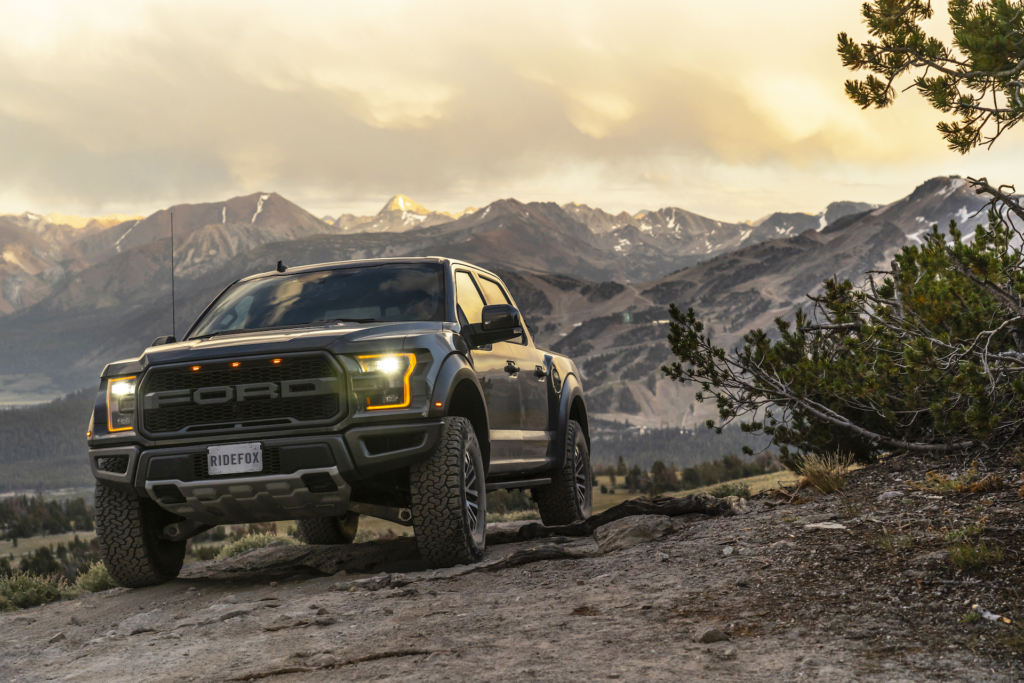
“When we pitch and develop a performance package to an OE customer all these things are considered; once an agreed-upon target is achieved we start the process,” he added. “The main thing to take from all this is that the on- and off-road characteristics are dictated by the OE partner and require a lot of testing and development with those customers and their requirements in mind. Once a package is designed, we put it through extensive protocols with our test department so that we adhere to not only the OE standards, but also our own internal standards for durability.”
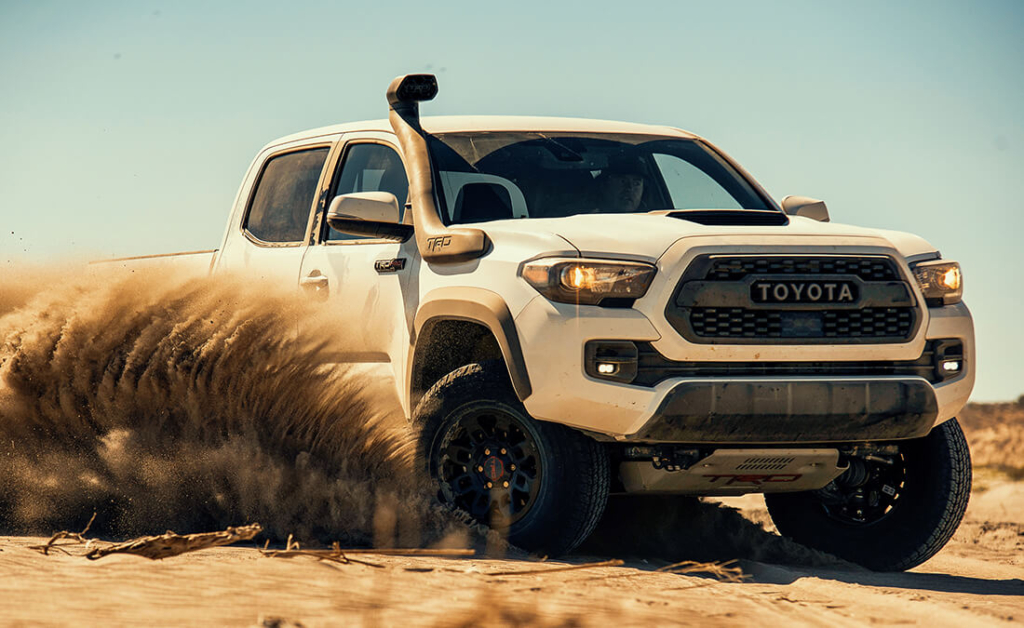
LeSage agrees.
“It’s a constant struggle,” he explained. “Honestly, it depends on who has the final say and what they prefer. I prefer my ride soft and loose, others prefer tight and quick. We can tune a shock to whatever they want but there will be compromises somewhere else. This is why the adjusters are so popular, initially knobs and now electronics, can change how the damper influences the vehicle’s performance.
Q: Scott, as a nationally-ranked off-road racer, what are the most important aspects of suspension tuning and maintenance before each event?
“It boils down to confidence,” he said. “A driver comfortable and confident with their equipment is going to drive faster than one that is uncertain. There are different ways to do that with seat time, tuning, or maintenance, but I prefer to do all three.
“I always make sure to take the car out to a local area and test any changes or maintenance I’ve done before leaving for a race. Any tuning I do before a race would be small changes based on the terrain at the event. Any serious or exploratory changes are done with plenty of time to test and revert back if I don’t like the results.
“You asked about the connection between race and OE products,” he added. “I think this handshake is vital to the FOX brand and company culture. I wish more people who work here could feel the difference our products make as well as the torture they withstand, if they chose to participate. Seventy miles per hour through the whoops on a pole line road across the Mojave Desert will either make you giggle like a baby or throw up, but I think those who work at FOX should have the opportunity to experience that at least once.”
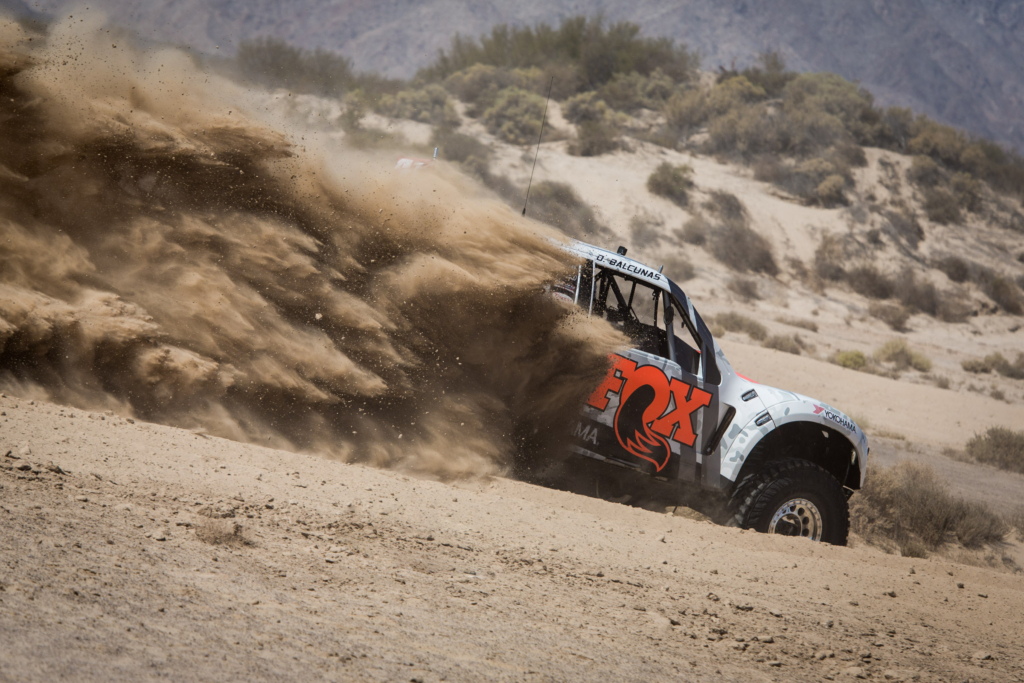
Q: How much in-house dyno testing and in-the-field testing does FOX put into suspension for the OE applications?
“We start projects on average two to three years before the vehicle is released at the OE level,” Powers added. “However, the final testing and development is crammed into the last year typically because we have final design locks which allows us to test production-intent product, which means we are testing all the same parts that will make it to the OE vehicle, not just one-off prototype parts.”
LeSage knows this all too well, having worked closely with Ford and Toyota the past few years.
“There are large teams of people that work on these projects for years and years leading up to, and sometimes even after, the start of production,” he explained. “The same is true for our manufacturing processes, improving with each new machine or process. Often iteratively over the years, or in large jumps with large investments.”
// ridefox.com
- Ford Racing Baja 1000 With Ranger Raptor
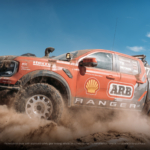
- Behind The Scenes With FOX Shocks At Extreme E In Chile

- Fight Shock Fade With New FOX ECS2 Cooler
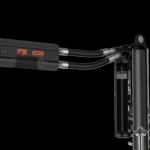
- How To Advance The Suspension Legacy Of Bob Fox?
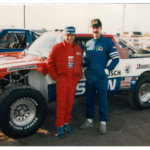
- Behind The Scenes With FOX Shocks At Extreme E In Sardinia
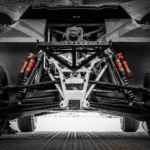
- The V8 Powered 2023 Ford F-150 Raptor R Suspended By Live Valve Is Here
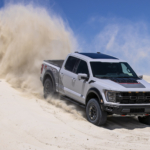
Click here for the latest corporate news.